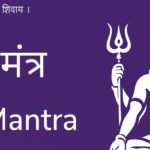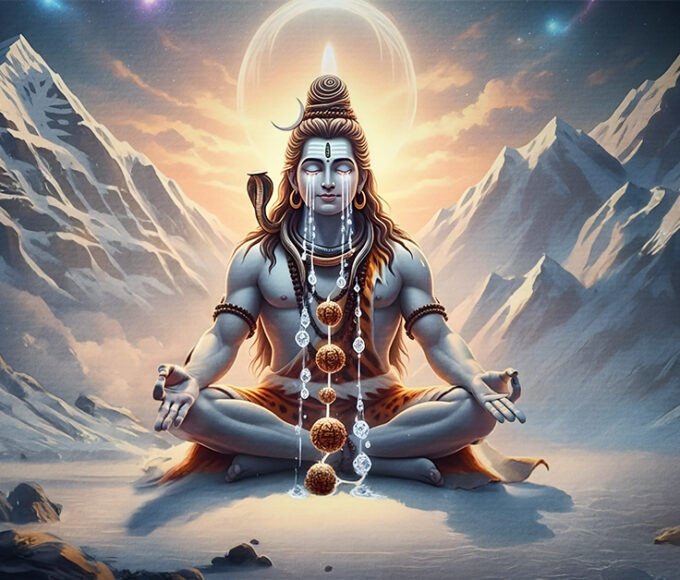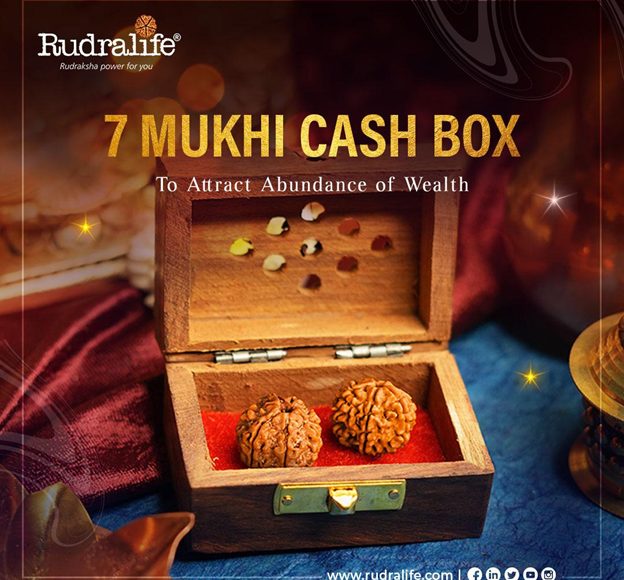Significance of Shravan
Welcome, dear devotees, to the sacred month of Shravan, a time rich in divine energy and spirituality. Shravan, the fifth month of the Hindu calendar, is devoted to the Mahadev Shiva. This holy period, beginning from 22nd July to 26th August in Northern and Eastern India and from 5th Aug to 3rd September in Southern and Western India, is a golden opportunity to immerse oneself in bhakti (devotion), seeking blessings, prosperity, and intense spiritual growth.
In Shravan, the universe itself seems to echo the powerful chants of “Om Namah Shivaya”. This is a time for deep introspection, penance, and unwavering devotion, where devotees strive to please Lord Shiva and strengthen their spiritual journey through various sacred activities.
Observing Fasting
One of the foremost practices during Shravan is observing fasts, particularly on Shravan Mondays or Somvar Vrats. Fasting during this month is not just about abstaining from food; it is a spiritual cleansing of the body, mind, and soul. Devotees typically follow a sattvic diet, avoiding non-vegetarian food, alcohol, onions, and garlic. The sattvic foods include fresh fruits, milk, nuts, and wholesome vegetarian meals that purify the body and elevate the spirit. This disciplined lifestyle during Shravan amplifies spiritual consciousness and connects us deeply with the divine.
Visiting Shiva Temples
Imagine the strongly peaceful and divine ambiance of a Shiva temple during Shravan. Devotees flock to these holy places to offer their heartfelt prayers and perform sacred rituals. The air is filled with the fragrance of incense and the sounds of bells and Vedic chants. Special Abhishek is performed, where the Shiva lingam is bathed with sacred substances like milk, water, honey, and sandalwood paste. Wearing rudraksha beads while participating in rituals like Rudrabhishek, enhances the spiritual atmosphere, amplifying the positive energies and also energises the Rudraksha beads.
Wearing and Worshiping Rudraksha
The sacred Rudraksha beads, believed to be the tears of Lord Shiva, are revered for their powerful spiritual significance. During Shravan, wearing and worshiping these beads is a deeply devotional practice. Rudraksha beads are known to harness divine energy, aiding in concentration, promoting peace, and creating harmony. They are not just symbols of devotion but also tools for spiritual upliftment, helping to mitigate the malefic effects of planets and enhancing one’s spiritual journey.

Performing Rudra Abhishek
The profound ritual of Rudra Abhishek is a cornerstone of Shravan worship. This sacred ceremony involves offering various items to the Shiva lingam while chanting potent mantras. Performing Rudra Abhishekam during Shravan is believed to invoke Lord Shiva’s divine presence, bringing about physical well-being, spiritual growth, and profound inner peace. Each offering, such as milk, honey, curd, or sacred water, holds a specific spiritual significance and bestows unique blessings upon the devotee, and symbolizes different aspects of Lord Shiva’s divine attributes. Let’s understand the significance of a few substances that are used for Rudrabhishek.
Milk:
Milk represents purity and nourishment. It is believed to calm the mind and soul. It symbolizes maternal affection and compassion, qualities associated with Lord Shiva’s nurturing aspect.
Water:
Water is the essence of life and represents cleansing and purification. It symbolizes peace and the flow of life, akin to the Ganga River, which is said to flow from Shiva’s Jataye(matted hair).
Honey:
Honey signifies sweetness and fertility. It is believed to attract positivity and sweetness into one’s life. It symbolizes the bliss and eternal nectar of life that flows from devotion to Lord Shiva.
Sandalwood Paste:
Sandalwood paste is known for its cooling properties and divine fragrance, promoting a sense of calm and serenity. It symbolizes virtue and sacredness, reflecting the purity and serenity of Lord Shiva.
Curd:
Curd symbolizes prosperity and fertility. It is believed to bless the devotee with progeny and family happiness. It represents the nourishing and fertile aspects of Shiva.
Ghee:
Ghee signifies wealth and vitality. It is an offering of purity and prosperity. It symbolizes the nurturing fire that sustains life, reflecting Shiva’s energy.
Sugar:
Sugar represents sweetness and happiness. It brings about a sweetening of relationships and harmony. It symbolizes the sweetness of divine love and grace from Shiva.
Rice:
Rice is a symbol of fertility, abundance, and nourishment. It represents the sustenance and nourishing qualities of Lord Shiva.
Bhasma (Ash):
Ash from sacred fires signifies detachment and the transient nature of life. It represents Shiva’s role as the destroyer of evil and the renewer of the cosmos.
Ganga Jal:
Water from sacred rivers like the Ganga symbolizes divine energy and purity. It represents the life-giving and cleansing power of Shiva, who is said to hold the Ganga in his hair.
Chanting Mantras and Stotras
The practice of chanting mantras and stotras dedicated to Lord Shiva is immensely powerful during Shravan. The Maha Mrityunjaya Mantra and Om Namah Shivaya are among the most revered chants(mantras). These mantras, when recited with devotion, create a sanctified environment, purifying the mind and surroundings. Group chanting sessions amplify this spiritual energy, making the atmosphere vibrate with divine vibrations, stimulating inner peace and spiritual elevation.
Engaging in Charity
Acts of charity and compassion hold special significance during Shravan. By donating food, clothes, and money to the needy, and engaging in community service, devotees express their gratitude and invoke the blessings of Lord Shiva. Such selfless acts of kindness spread positive energy and create a ripple effect of goodwill and harmony. Shravan encourages devotees to extend their love and compassion beyond their immediate circle, thereby enhancing their spiritual practice.

Practicing Meditation and Yoga
Shravan is a time to deepen one’s spiritual practice through meditation and yoga. These practices help cultivate mindfulness, enhance spiritual awareness, and connect with the inner self. Meditation provides a space for introspection and tranquility, while yoga harmonizes the body, mind, and spirit. Engaging in these practices during Shravan helps in achieving mental clarity, emotional stability, and spiritual growth.
Participation in Kanwar Yatra
The Kanwar Yatra is a significant pilgrimage undertaken by devotees during Shravan. Known as Kanwariyas, these pilgrims travel to collect holy water from the Ganga River and walk their way back to Shiva temples in ornately decorated pots called kanwars. This journey is an act of profound devotion and penance, demonstrating the devotees’ unwavering faith and dedication to Lord Shiva. The sight of Kanwariyas, clad in saffron, chanting devotional songs, and braving physical hardships, is a testament to their deep spiritual commitment.

Other Rituals to Perform
There are several other rituals that devotees can follow during Shravan to please Lord Shiva. Wearing white clothes, praying to Chandra (the Moon-god), chanting the Chandra beej mantra, and donating white items like rice, sugar, or flour are recommended. Wearing specific Rudraksha beads like the 2 Mukhi, Gauri Shankar, and 20 Mukhi can further enhance spiritual growth and bring about peace and harmony.
Conclusion
In conclusion, the sacred month of Shravan offers a unique opportunity for devotees to deepen their connection with Lord Shiva through fasting, temple visits, performing Rudra Abhishekam, chanting mantras, engaging in charity, practicing meditation and yoga, wearing Rudraksha beads, participating in the Kanwar Yatra, and following various other rituals. These devotional practices bring divine blessings, purification, and spiritual growth, allowing devotees to experience the grace and inner peace of Lord Shiva during this auspicious month.
FAQs
Can I observe fasts on days other than Mondays during Shravan?
Absolutely! While Mondays are particularly special, you can choose any day that holds significance for you.
Are there specific foods to avoid during Shravan?
Yes, it’s best to avoid non-vegetarian food, alcohol, onions, garlic, and tamasic foods. Stick to a sattvic diet with fresh fruits, milk, nuts, and vegetarian meals.
Is visiting a Shiva temple necessary during Shravan?
It’s highly encouraged, but not mandatory. If you can’t visit a temple, create a sacred space at home and perform your rituals and prayers there.
What is the significance of Rudra Abhishekam during Shravan?
Rudra Abhishekam is a powerful ritual involving sacred offerings to the Shiva lingam, seeking blessings for health, happiness, and spiritual well-being. It’s especially auspicious during Shravan.


















Leave a comment